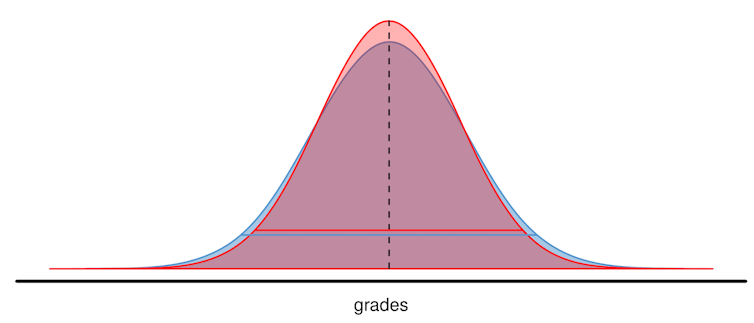A 2014 article by Niven Winchester (MIT), published in New Zealand Economic Papers (ungated version here), evaluates whether the addition of bonus points in the Six Nations Championship in Europe would more accurately rank the teams at the end of the competition. Winchester used data from 1997 to 2012, and found that:
[t]he bonus for scoring four or more tries is not significantly correlated with team strength, but there is moderate evidence that awarding a bonus for scoring three or more net tries can improve the accuracy of league standings.Would implementing bonus points have changed who won the Championship? It turns out yes:
In 2007, France and Ireland recorded the same number of wins, but France claimed the title by scoring more net points during the competition. Under both bonus systems, however, Ireland would have finished ahead of France, as they picked up one more narrow-loss bonus and at least as many try bonuses.I guess if you are a fan of Irish rugby, you're now also a fan of bonus points.
Are all bonus points good though? A 2015 paper by Liam Lenten (La Trobe University) and Niven Winchester (again), published in the journal The Economic Record (ungated version here), focused on the bonus point for narrow losses in Super Rugby. Lenten and Winchester were testing to see whether teams that were close to earning a bonus point for scoring a fourth try in the last 10% (8 minutes) of the game were more likely to score the bonus point try (holding all other things, including the game margin, strength of teams, home and away, etc. constant). Using data from 958 matches over the period from 2002 to 2012, they found that:
[w]hile simple comparisons predominantly fail to show a significant difference, the probit regressions demonstrate that tries are more likely to be scored by teams who stand to earn a bonus point by scoring an additional try, but only when the result is most likely decided.In other words, the incentive for engaging in more attractive, open play in order to earn the four-try bonus point only paid off for teams that were already losing by 15 points or more. This hardly seems like a strong case for this bonus point, and might go some way towards explaining the change to a bonus point for three 'net tries' (i.e. scoring three more tries than your opposition). I spent most of this paper wondering about Lenten and Winchester's choice of the final eight minutes, and wondering if their results were sensitive to that choice (and thinking there might be an opportunity for an Honours or Masters student to test it). However, nearly at the end of the paper their sensitivity analyses revealed that they had already done this work, and the effect was significant for up to the last 13 minutes of the game.
Finally, the late John McMillan (UC San Diego at the time, later at Stanford) wrote perhaps one of the first articles on the economics of rugby, published in 1997 in New Zealand Economic Papers (ungated version here). This is an interesting article, because it was written just after rugby became a professional sport, so there were many unanswered questions. McMillan's article has aged really well, and the issues he raised are still relevant today. In particular, he focused on two aspects of the newly professional sport: (1) competitive balance; and (2) the optimal degree of centralisation. With regard to the latter, he wrote that:
As with any kind of organization, the key question in structuring professional rugby is: what is the right degree of centralization? Organizations exist to provide coordination. But central control weakens individual responsibility, so muted incentives are the cost of coordination. Rugby must find the right balance between control and incentives. In one sense, as I shall argue, coordination of the teams is needed for the "product" to be high quality. In another, too much central control could destroy the "product."Many long-time rugby fans would argue that the quality of the product (Super Rugby especially) has been progressively debased with the addition of more teams and more games. I know that I certainly watch a lot less than I used to, even though there are now many more games. In McMillan's view, this reduction in quality suggests that there is too much centralisation, and the franchises need a bit more autonomy. Although it hasn't gotten quite as bad as this:
Under a monolithic structure, rugby could come to resemble professional wrestling.Hulk Hogan vs. Jonah Lomu would have been epic. A missed opportunity?






